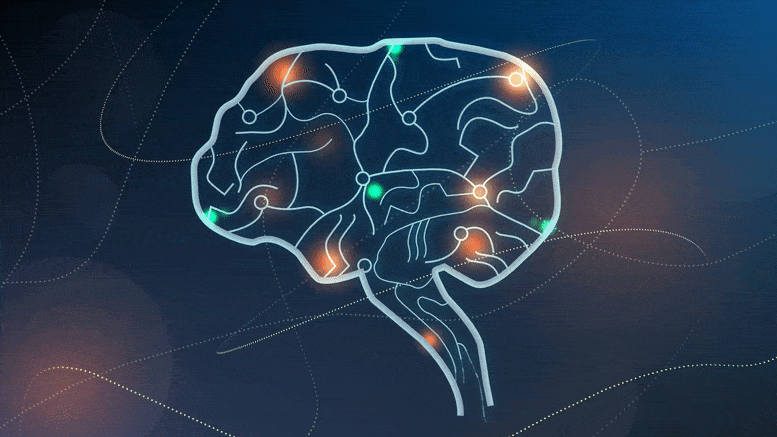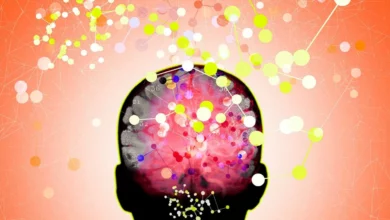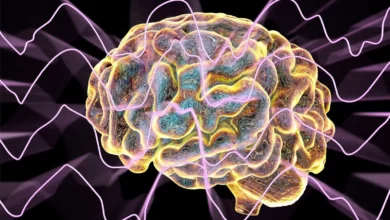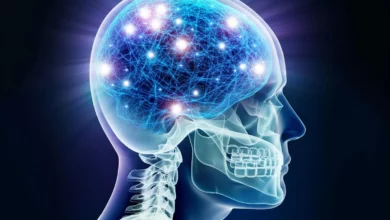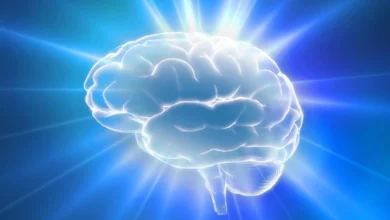
Lead Image: Researchers have identified the genetic pathway between the heart and brain responsible for fainting, revealing a two-way communication that could lead to new treatments for syncope-related disorders.
Neurobiologists have discovered sensory neurons that regulate fainting, providing a foundation for targeted treatments for related disorders.
Syncope, commonly known as fainting, affects nearly 40 percent of people at least once in their lifetime. These transient losses of consciousness can be precipitated by various triggers such as pain, fear, heat, or hyperventilation, and they are a substantial cause of emergency room visits. Despite their prevalence, the fundamental mechanisms underlying syncope have largely remained enigmatic.
Breakthrough in Genetic Pathways
Publishing a new report in Nature, University of California San Diego researchers, along with colleagues at The Scripps Research Institute and other institutions, have for the first time identified the genetic pathway between the heart and brain tied to fainting.
One of their unique approaches was to think of the heart as a sensory organ rather than the longstanding viewpoint that the brain sends out signals and the heart simply follows directions. School of Biological Sciences Assistant Professor Vineet Augustine, the paper’s senior author, applies a variety of approaches to better understand these neural connections between the heart and brain.
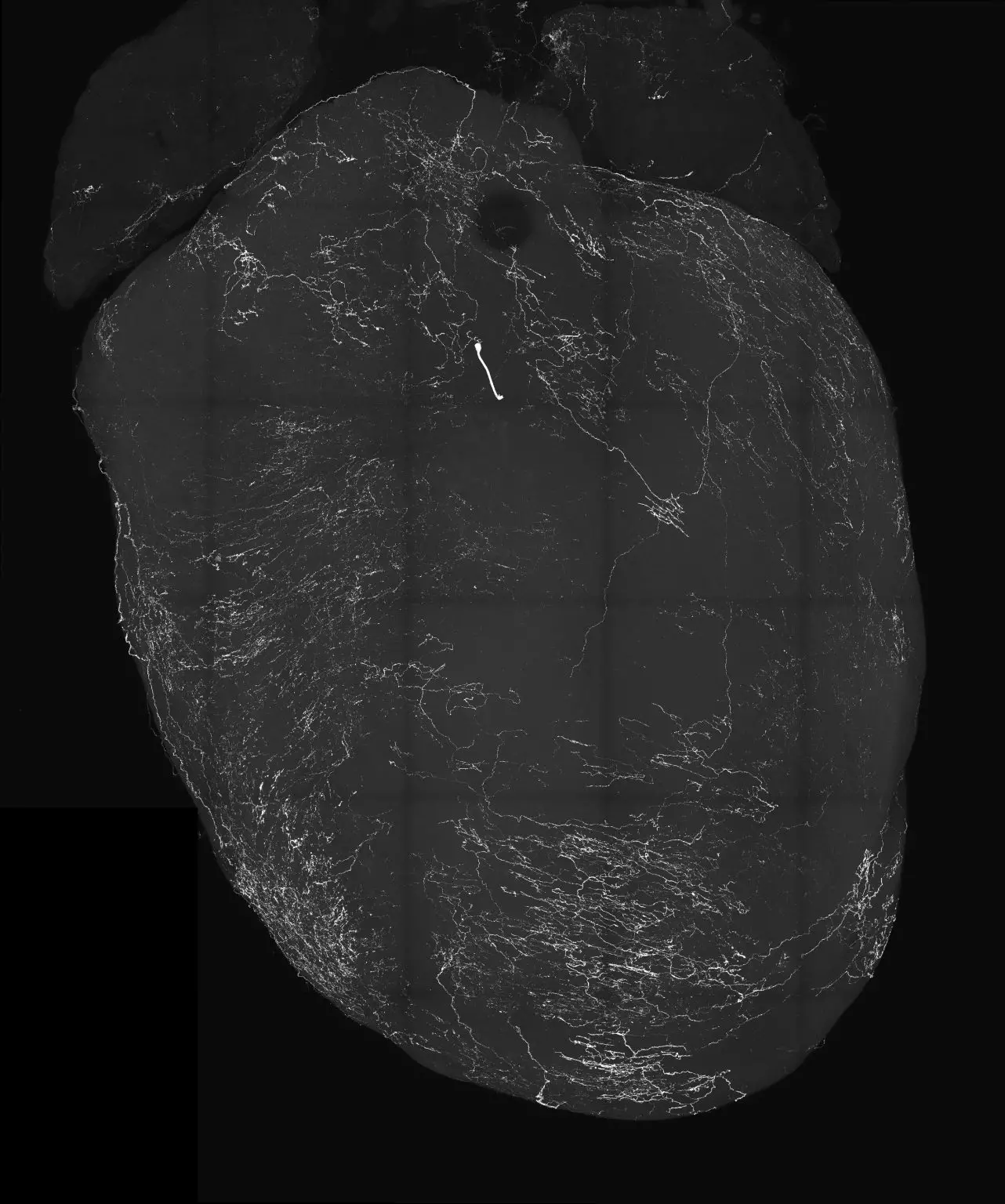
“What we are finding is that the heart also sends signals back to the brain, which can change brain function,” said Augustine. Information resulting from the study could be relevant to better understanding and treating various psychiatric and neurological disorders linked with brain-heart connections, the researchers note in their paper. “Our study is the first comprehensive demonstration of a genetically defined cardiac reflex, which faithfully recapitulates characteristics of human syncope at physiological, behavioral, and neural network levels.”
Study on the Bezold-Jarisch Reflex
Augustine, along with Biological Sciences Staff Research Associate Jonathan Lovelace and Graduate Student Jingrui Ma, the first authors of the paper, and their colleagues studied neural mechanisms related to Bezold-Jarisch reflex (BJR), a cardiac reflex first described in 1867. For decades researchers have hypothesized that the BJR, which features reduced heart rate, blood pressure, and breathing, may be associated with fainting. But information lacked in proving the idea since the neural pathways involved in the reflex were not well known.
Researchers at UC San Diego and collaborating institutions have highlighted the immense crosstalk between the heart and the nervous system. The video displays heart activity dramatically slowing down with stimulation of vagal sensory neurons, which were found to trigger fainting. Credit: Augustine Lab, UC San Diego
The researchers focused on the genetics behind a sensory cluster known as the nodose ganglia, which are part of the vagus nerves that carry signals between the brain and visceral organs, including the heart. Specifically, vagal sensory neurons, or VSNs, project signals to the brainstem and are thought to be associated with BJR and fainting. In their search for a novel neural pathway they discovered that VSNs expressing the neuropeptide Y receptor Y2 (known as NPY2R) are tightly linked to the well-known BJR responses.
Optogenetic Studies and Findings
Studying this pathway in mice, the researchers were surprised to find that when they proactively triggered NPY2R VSNs using optogenetics, a method of stimulating and controlling neurons, mice that had been freely moving about immediately fainted. During these episodes, they recorded from thousands of neurons in the brains of the mice, as well as heart activity and changes in facial features including pupil diameter and whisking.
They also employed machine learning in several ways to analyze the data and pinpoint features of interest. Once NPY2R neurons were activated, they found, mice exhibited rapid pupil dilation and the classic “eye-roll” seen during human fainting, as well as suppressed heart rate, blood pressure, and breathing rate. They also measured reduced blood flow to the brain, an area of collaboration with Professor David Kleinfeld’s laboratory in the UC San Diego Departments of Neurobiology and Physics.
“We were blown away when we saw how their eyes rolled back around the same time as brain activity rapidly dropped,” the researchers reported in a paper summary. “Then, after a few seconds, brain activity and movement returned. This was our eureka moment.”
Further testing showed that when NPY2R VSNs were removed from mice, the BJR and fainting conditions vanished. Previous studies have shown that fainting is caused by a reduction in brain blood flow, which the new study also found to be true, but the new evidence indicated that brain activity itself could be playing an important role. The findings, therefore, implicate the activation of the newly genetically identified VSNs and their neural pathways not only with BJR, but more centrally in overall animal physiology, certain brain networks, and even behavior.
Implications and Future Research
Such findings were difficult to tease out previously because neuroscientists study the brain and cardiologists study the heart, but many do so in isolation of the other. “Neuroscientists traditionally think the body just follows the brain, but now it is becoming very clear that the body sends signals to the brain and then the brain changes function,” said Augustine.
As a result of their findings, the researchers would like to continue tracking the precise conditions under which vagal sensory neurons are triggered into action.
“We also hope to more closely examine cerebral blood flow and neural pathways in the brain during the moment of syncope, to better understand this common but mysterious condition,” they note.
They also hope to use their research as a model to develop targeted treatments for fainting-associated conditions.
The study was funded by UC San Diego, Scripps Research Institute, the Helen Dorris Foundation, the National Institutes of Health, the American Heart Association Early Faculty Independence Award, the Mallinckrodt Foundation, the Dorris Scholarship, the Dorris-Skaggs Fellowship, and the Shurl and Kay Curci Foundation Fellowship.

